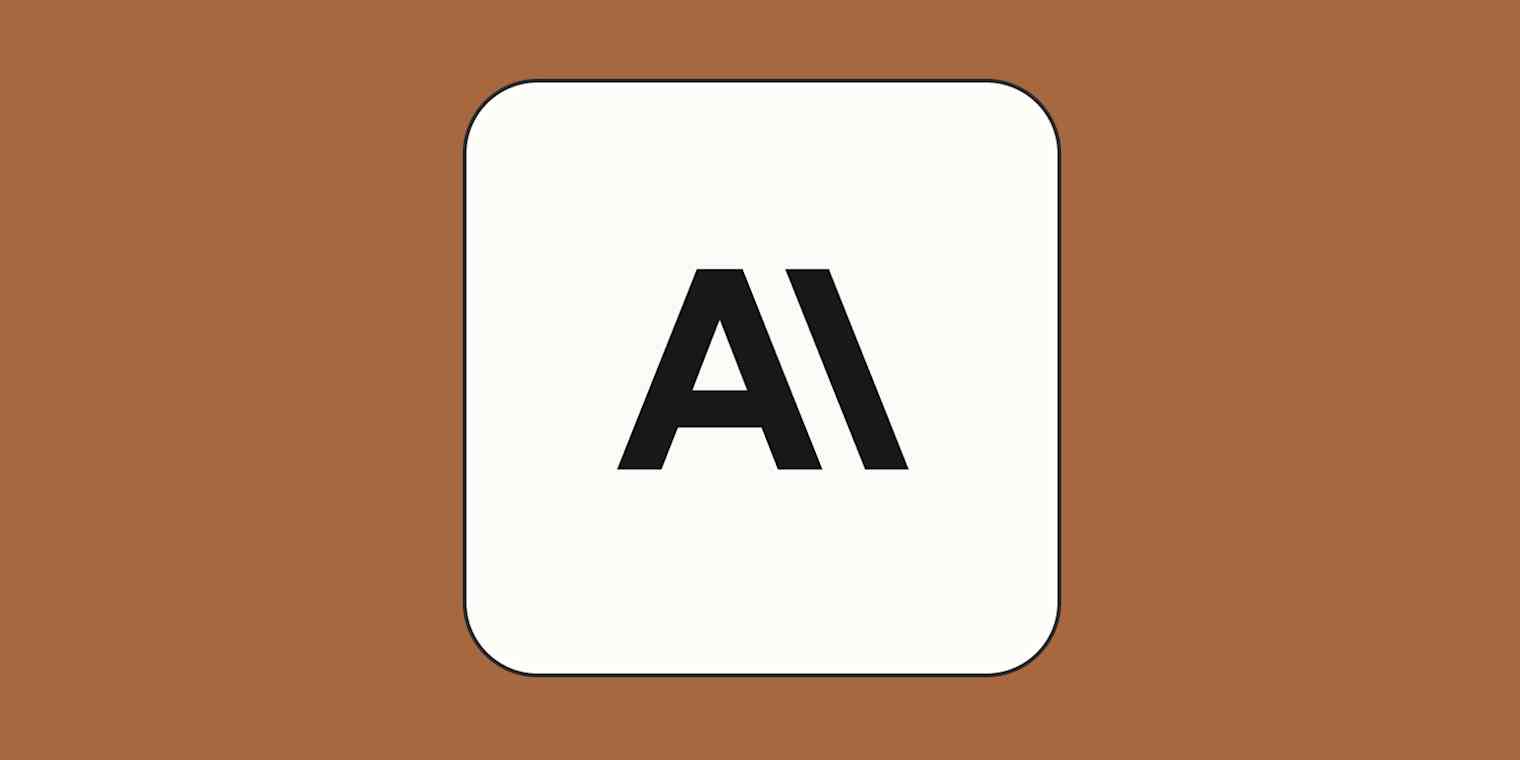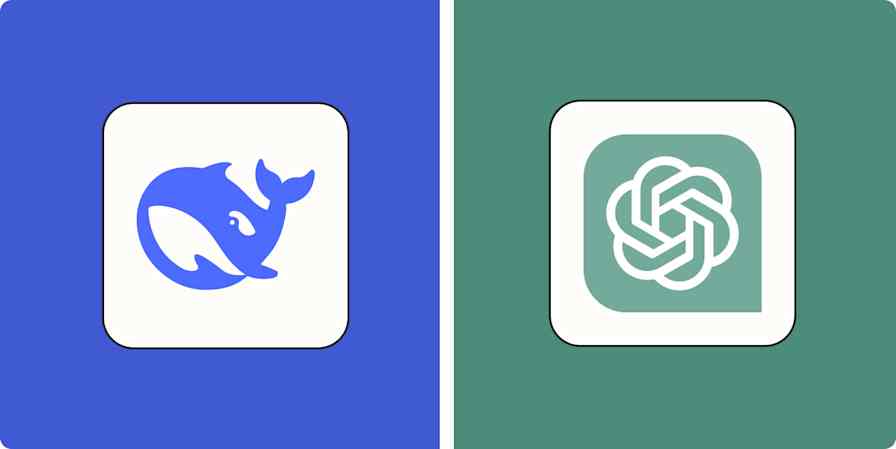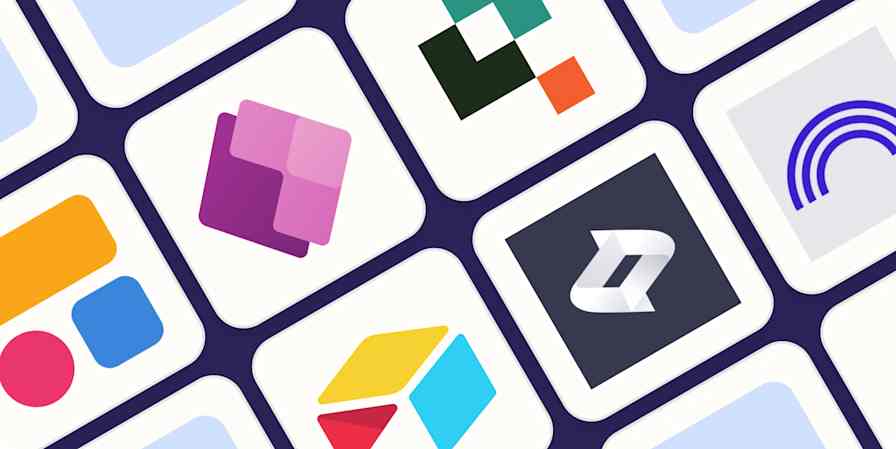App tips
7 min readClaude 3.5: What you need to know about Anthropic's AI models and chatbot
By Ryan Kane · July 17, 2024

Get productivity tips delivered straight to your inbox
We’ll email you 1-3 times per week—and never share your information.
mentioned apps
Related articles
Improve your productivity automatically. Use Zapier to get your apps working together.







